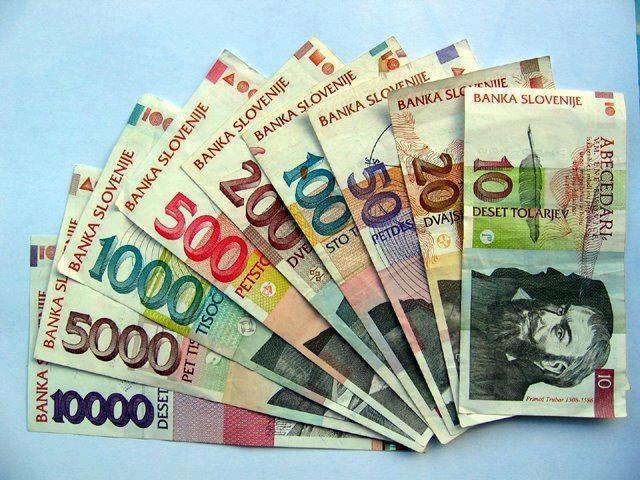In 2004, Slovenia joined the European Union. This entailed the expected political and economic changes within the country.. After 3 years, the country decided to abandon its national currency and switch to the use of the euro. Thus, the Slovenian tolar was in circulation for only 16 years. Read more about the history of this money and what a tourist should consider when making material preparations for a trip to this European country today, read further in the article.
The formation of the state and the emergence of a new currency
From 1989 to 1991, the struggle for independence was in full swing in Slovenia. When, at last, she was successful and the Yugoslav soldiers left the country, many important questions arose for the young state. One of them - what will be the currency of Slovenia? Before that, the official money was the Yugoslav dinars.
It was decided to issue a national currency - the Slovenian tolar, whose name comes from a large silver coin - thaler, which was very common in the developed countries of Europe in the 16th-19th centuries. The international currency designation was SIT. 1 tolar is divided into 100 stotins.
The formation of an independent state
The new currency of Slovenia was primarily to strengthen its political position and help the country get rid of the influence of the Yugoslav currency, which at that time was rapidly depreciating. In just 3 days, most of the dinars were withdrawn from circulation and exchanged for tolars in a 1 to 1 ratio.
New bright banknotes depicted prominent figures of culture, science and religion of Slovenia. The design of the bill was developed in such a way: a portrait of a man, his silhouette, his main tool of labor and his achievements. The Slovenian currency was issued in denominations of 10, 20, 50, 100, 200, 500, 1000, and even 5000 and 10,000 tolars.
But the coins depicted representatives of the fauna, which are the most symbolic for Slovenia. For example, swallow, grasshopper, trout, etc. In the form of coins, stotins of 10, 20, 50 and denominations of 1, 2, 5, 10, 20, 50 were issued.
New story
In 2004, Slovenia entered the top ten countries that joined the European Union and embarked on a transition to a single currency - the euro. Of course, in 1 day it is impossible to completely exchange money without special inconveniences for the population and enterprises, but the country managed to complete the transition in only 3 years (for comparison, Romania has not been able to take this step for 9 years).
Since January 1, 2007, the official currency of Slovenia is the euro. Tolar has ceased to be a means of payment, however, up to now, old banknotes can be exchanged for euros at the Central Bank of Slovenia. The course, of course, is not very beneficial for owners of the former national currency. 1 euro is equal to 240 Slovenian tolars. The exchange of paper money has been declared unlimited, but money in metal will be accepted only until the end of 2016. Like the rest of the EU, Slovenia has the right to independently print the euro and produce the corresponding coins. But she can do this only on the instructions of the European Central Bank. Euro is indicated on Slovenian origin by the letter H in front of the serial number of the bill.
The reverse of all EU coins is the same - it depicts a map of Europe. The obverse, in addition to the number denoting the face value, can have different elements that vary depending on the state where the money was minted. But no matter who the manufacturing country is (among the members of the European Union, of course), paper euros and coins are legitimate monetary assets in all EU countries.
To tourists
- If you are going on a trip to Europe, then you need to consider that the euro exchange rate for April 2016 is 76-74 rubles per 1 euro.
- In Slovenia, prices are much lower than in other western countries.Currency can be exchanged at numerous banks, exchange points, and even in hotels, large shopping centers and gas stations. There are also a large number of ATMs. Moreover, almost everyone accepts MasterCard, Visa, Maestro, Cirrus, Visa Electron Plus cards and can carry out exchange operations.
- For residents of the European Union there are no restrictions on the amount of money that they can carry inside the borders of Slovenia, and for citizens of all other countries it is necessary to declare amounts in excess of 10 thousand euros.
